
The Hasselblad X1D, in Use.
By Alex Kaikeong
Hi! Steve,
The following shots I would love to share with all readers and most welcome to hear from your comments too. They were taken with the Hasselblad X1D mirrorless camera with 45mm and 90mm lenses. This essay is not about showing you how good the quality of the lenses but rather to show you what we get from this medium format mirrorless system.
To most of us who are attracted to using a much higher raw file resolution on their camera so that there’s flexibility to re crop the final images during post. I tried not to do a crop in post. I prefer to see through the viewfinder and crop from the camera. Post production are mainly for re-adjustment of contrast and colors.
So, readers may also ask why then do I need a medium format file resolution? A Leica 24mb is more than enough? In a way, it’s true. Honestly, we seldom enlarge our pictures beyond A0 sizes. Most of us would only view the images on the computer screen.
If you ask me why I go for medium format then? I really enjoy looking at big file resolution on a screen where sharpness and details are first priorities. Which do you prefer?
Anyway, sit back and look at some of my photos taken in Bangkok.
Click on any image to see a larger version
Cheers
Alex Kaikeong

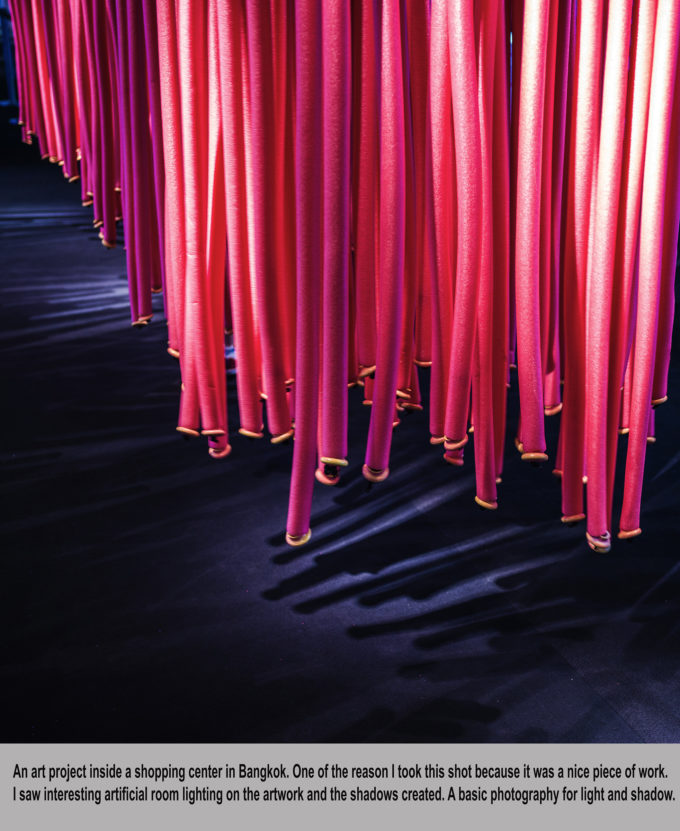 –
–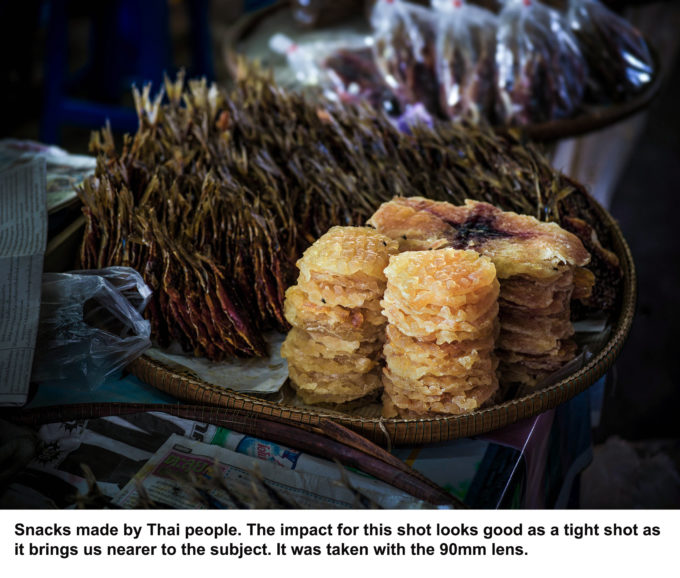 –
–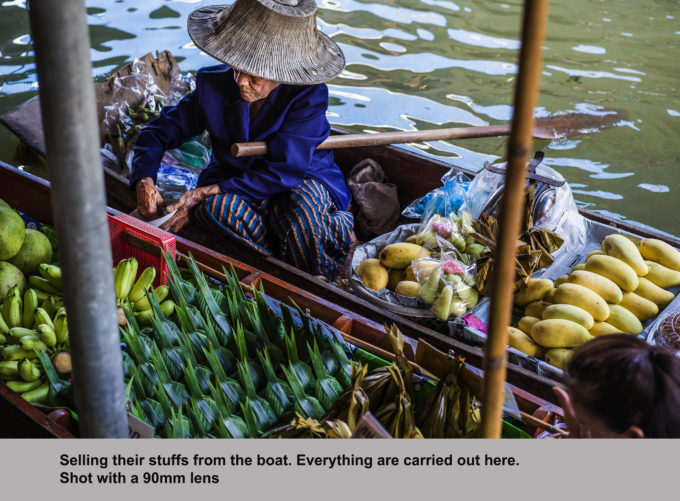 –
–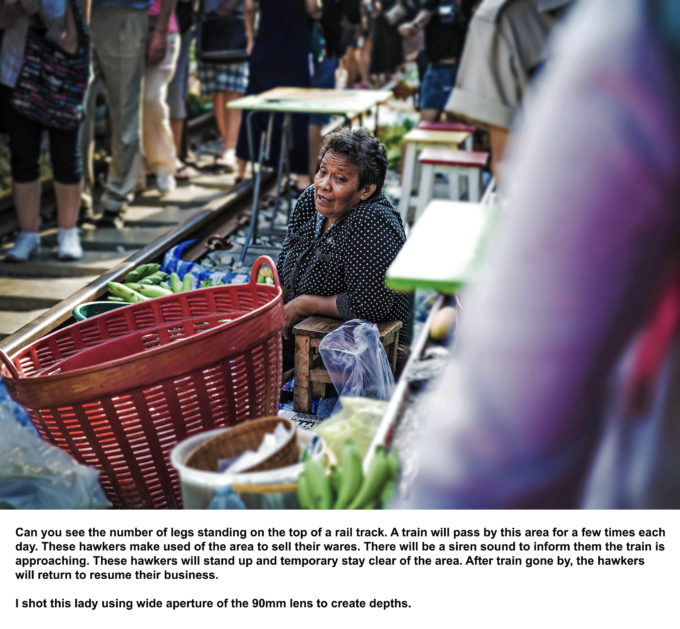 –
–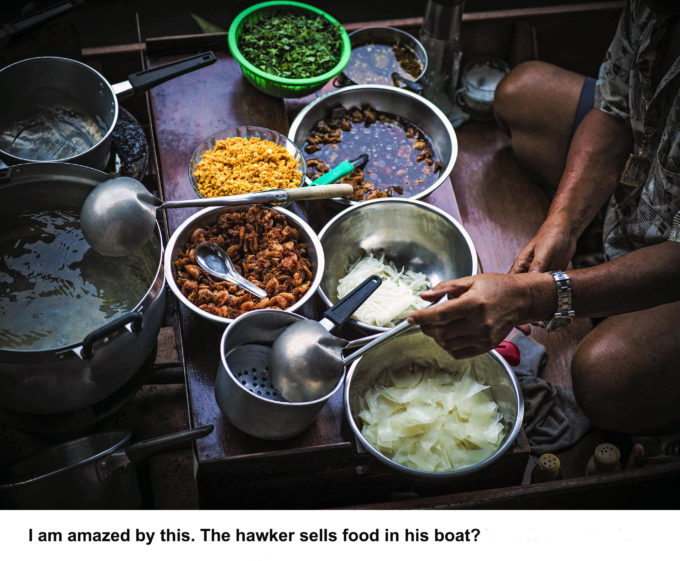 —
—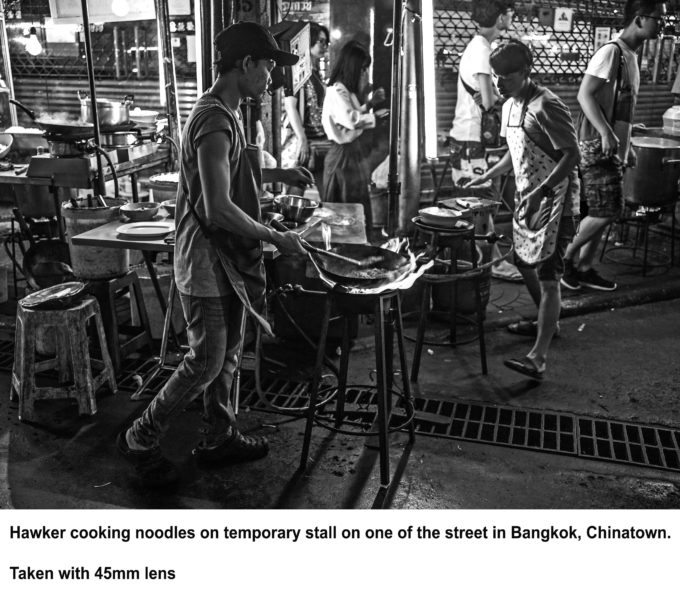
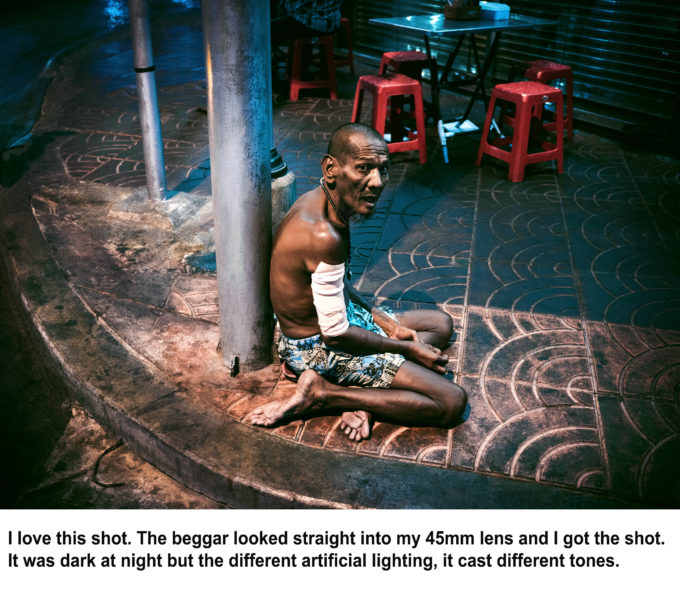 –
–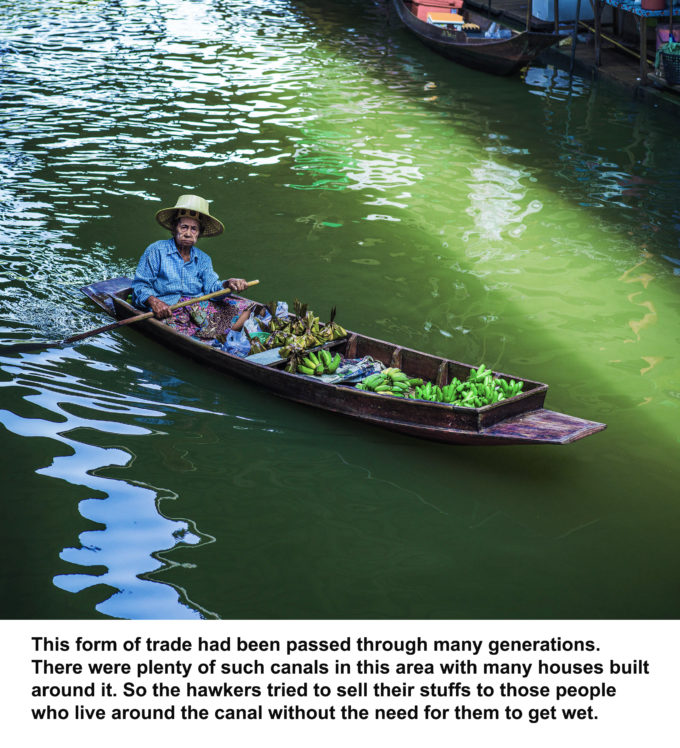 –
–

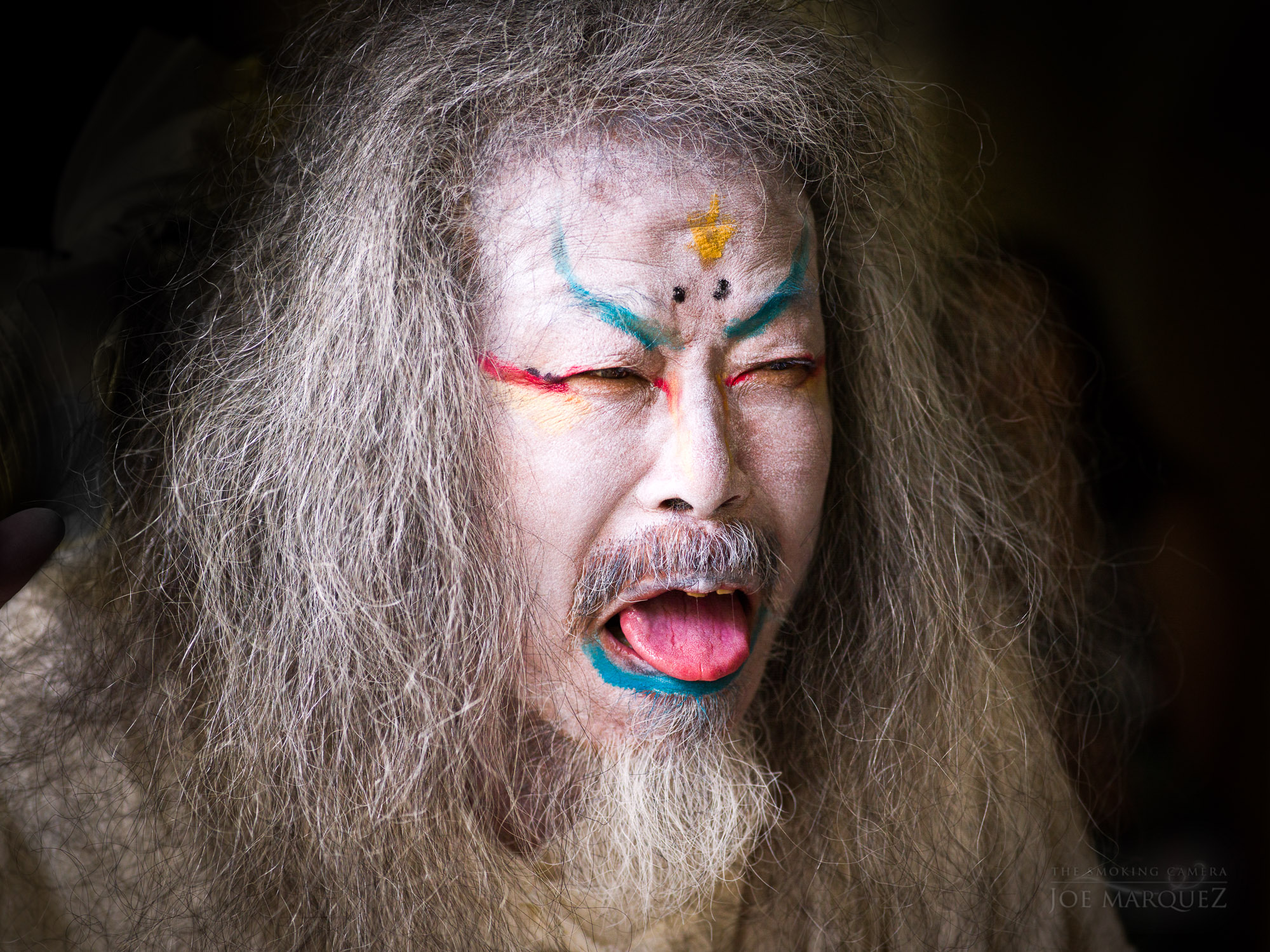
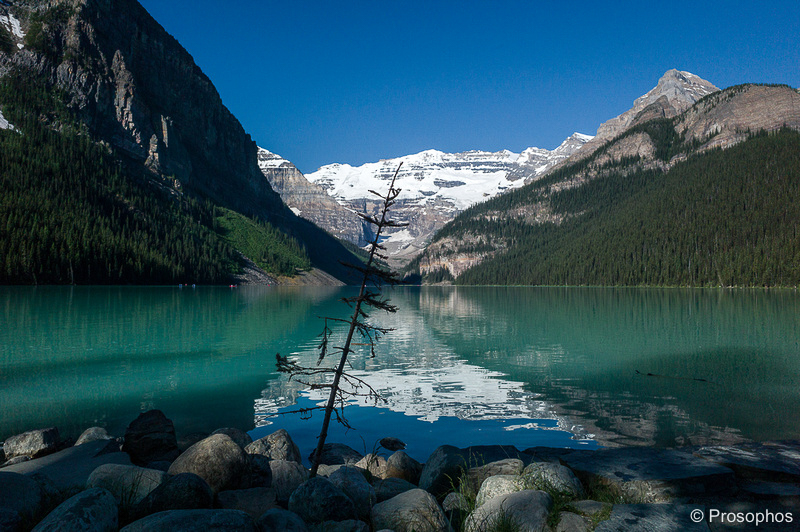
The X1D takes work to get the shot- but it is worth it. There is much work to be done to improve on the X1D. The EVF is lacking, Focus is slow, no toggle to change focal points and the camera is slow. The images are incredible.
Hi Alex. I really liked your pictures and the sentiment you shared in your comment after all the nastiness shown by others. I am with you I don’t get why people are commenting on the subject matter and the poorness of the people. I am sure everyone who commented on that aspect of your photography only shoot with the cheapest of cameras because they spend all their other money on charities or better yet they immediately left this site and sold all of their expensive camera equipment and donated all the money to charities. Well I am a capitalist and I say if you got it spend it on whatever camera equipment floats your boat. And the world is full of poor people and by taking their picture it reminds of us the plight of others and gives us a cause for being even more thankful of our own personal situation so good on you. Anyway thanks again for the lovely pictures and the subject matter. It really is a great camera. Very fascinating to see pictures of people from another part of the world.
David I would say that like Alex you’ve missed the point. First off no one is being ‘nasty’, challenging yes, and there are some difficult challenges here but no one is being nastry.
Second, no one is saying you can’t have expensive camera equipment; of course the irony is that any type of camera would be regarded as ‘expensive’ by a person in the situation that the individual Alex photographed finds themselves in.
The problem isn’t the expensive camera or that it was used to photograph someone in such a difficult situation. The problem is the way that was done without any apparent compassion, sensitivity or empathy. It was exasperated by the fact that it was done specifically to highlight the wonderful quality of the X1D, not to highlight the plight of the individual.
By all means buy expensive camera equipment and use it for whatever you want; heck you can take pictures of banal scenes of flowers or pretty scenes of the countryside or your Porsche if you like. You can even be a douchebag if you like, it’s a free society we live in. Just don’t be surprised if people call you out on it and just maybe, in the process of that happening, you’ll reflect on what it means to be decent human being as well as a capitalist.
Hi!
When I made a contribution to Steve Huff website, my whole idea was about sharing my pictures with fellow photography friends. It’s that simple because by sharing we learnt and make improvement. But it turned out to be a lot more stressful. I am always open to comments and don’t feel bad from comments on the photography I did. And I also know photography is a subjective matter where ones idea may not look right to another person. Basically art and photography does not comes with enclosed boundaries. Whenever most people like it, then your work is accepted. So I do not understand why some fellow readers would even give harsh comments on non related to photography? Some brought up about whether donations were given to the beggars, someone posts a picture of an unfortunate person taken with an expensive camera, ‘I love this shot, the beggar looked into my lens just at the right moment’, now get back to your begging please”. To be clear, I find these comment offending and doesn’t really do good to photography. I would really love comments on photography because this site is about photography which Steve created. I think it is not a site for English grammar like using the right words. Or it is a charitable site that talk about giving to charity? I may know how to shoot but I am not a good well verse in English language. I am not a writer. I am not perfect in English language and all I tried to write in my best English grammar only. If this article is an English essay for English language I am very sure good English is required, right? Like I said earlier, this is only a photography site why bring out about whether donation given, no humanity etc.? I find it is also not relevant in this site. Charity also begins at home. Do I have to tell every here that I give or never give money to the beggar? This is no charitable site so I think talking about this also serve no purpose here? Then you get reader checking my Facebook and gave harsh comments too. I am just a photography lover and just sharing some shots. It turned out so stressful. Photography is a long learning curve for the most experienced to amateur photographers. Therefore I hope readers please give comments that are related to photography and not other comments.
Alex, with respect, no one is questioning your chairty. They, myseslf included, are questioning your humanity, you sense of empathy and your insight into the human condition.
You’re posting pictures of people, so to ask questions about, and perhaps challenge as we have done, your insight into people, your sense of empahty and humanity, especially when you’re photographing people in incredibly difficult situations, is entirely justified and relates specifically to your skills as a photographer.
When you point a camera at someone you stop being just a photographer and you become something else; you become a documentor, a curator, a commentator. You’re telling a story and that story is about that person. It’s no longer just a photograph.
Greg I think our comment is very fair, and I agree with your response to Alex. Alex seems to want us to comment on the photos without commenting on the subjects and the circumstances that they were taken in. Of course, it’s impossible to do that, as a photograph isn’t simply a document of how good camera X is, but a document of a moment in time, a place, a person, a situation etc. I think people reacted badly to Alex’s notes on that photo, and I think it was unfortunate that he wrote what he did (ad a non native English speaker) as it creates a bad impression when perhaps none was intended. However, in spite of that, we cannot comment on the photo without talking about the subject – it really is unrealistic to think we will all “coo” over tonality or lighting and effectively ignore the human subject.
Trying to be critical in a positive away, and ignoring the caption: The subject is too central, and the left of the frame adds nothing to the composition; the high viewpoint tends to be belittling or dehumanizing of the subject; a lower viewpoint, with the camera towards to front of the subject May have been better, as it may have shown his situation and environs in a better more empathic way.
Photographing subjects such as that one is always difficult, and as Greg says one needs to be careful to try to show them.or tell their story in the “right” way (to document or tell the story that you intend). That is part of the skill of a photographer and part of the storytelling of your photos.
I don’t mind photos of poor people if the purpose is to remind us that in a world of abundance there is huge inequality. That’s a message that we need to hear and respond to. So, a general negativity toward that subject matter is not helpful, IMO. Photographers should be free to comment on the world as it exists, warts and all. Poverty exists, and it shouldn’t be off-limits to show it. Yes, there is a fine line between legitimate social commentary and exploitation by a photographer.
On the other hand, I agree that the caption here seems to display a lack of empathy with this man. It could have been better stated and I’d leave it that rather than attribute anything else to it.
I’m looking at his Facebook profile and based on what Alex is curating and showing to the world, I’d say that the photograph of the beggar was extremely ill judged and in very poor taste. I would say it was a failing of Alex’s humanity regardless of the camera he used to take it but the fact that people are able to spend such huge amounts of money on cameras, only to use them for such superficial purposes does nothing but reinforce the lack of humanity and empathy in both the images and the photographer.
Hi!
Thanks to everyone who commented in my photo essay. I find the initial step to street photography or photo journalism is to capture subjects as real in real environment. That’s the spirit. If I approach the beggar and gave him some money in exchange for a shot, I believe the expression would be very different and this way looks like staged photography. You choose your talent by paying them. I don’t think its the right street photography spirit. Long time ago I remembered a photo journalist followed a child in Africa Ethiopia as she walked alone searching for food. They were going through drought. The photographer captured shots but didn’t even approached to help her. Street photography I believe is the same. Shoot as real. And if those wondering if I actually donated money to the beggar, I won’t say. Leave this to those wondering? Cheers. Alexkaikeong
I don’t think these photos and this type of use flatter the camera. The photos may well have excellent dynamic range or colour or other technical characteristics, but that doesn’t really add much to these type of photos. Overall there is little shown that doesn’t look like the results of many other photographers first trip to Bangkok. Compositionally a couple are quite weak with very central subjects and not much else going on in the frame. They also offer a somewhat cliched Bangkok, Thailand and South East Asia – the beggars, the street food vendors (who in this case appears to be Burmese based on the clay powder on his face – Bangkok is home to a large number of Burmese and Cambodian itinerant workers – it would have been nice to see something meaningful about them rather than just a other snap of someone cooking food because of the “novelty” of them.being on the street). Bangkok has incredible modern architecture, for example, which could have been better use of the camera, whilst I am inclined to agree with others that this camera is not the best one for street, reportage or available light photography. I am.sure the camera has a very good sensor, but I jist don’t think these pictures are a particularly good way to show it off.
the attitude of the photographer speaks through his introduction, pictures and subtitles. sorry, can’t enjoy those.
Steve, I think you should remove the comment possibility. I enjoy reading abort other peopels photo experences. But Why sould anybody, with the wrong camera (to expensive) want to share anything just to be riliculed by unknowledgable, jealous people who do not understad that a jpg on line in no way can be used to judge the technical quality of a picture? I want to read about as many different photo experiences as possible. Be inspired by other photographers and diferent types of pictures. Without “experts” with an urge to tell other how big a failure they are.
For me the problem is not the image itself but shooting a poor person from way up and then in the subtitle writing about nice tonality. The subtitle should at least tell about the problem, or the person and not about nice tonality. my opinion
Gghhh
Really poor quality shots with such expensive gear. Composition is also very poor.
Rich Quality Gear (supposed) don’t make Rich Quality shots ? What a shame… 😉
Hello, this seems to demonstrate that Hasselblad X1D is not a street photography camera. Why do you need to use it in such an environment ? I don’t know… I have recently made a trip to Naples, the only camera I could take was a Panasonic fz1000 (I have also Canon 5DS / Olympus Em 1 MKII stuff, but risky here… ). The pictures taken were among the best I’ve ever taken. Because of what ? I had a camera that I was not afraid to take anywhere and a 25-400 zoom with very fast focusing and enough batteries / SD memory to take one thousand pictures per day. I did not waste time showing my camera (it’s an ugly one), only taking the best pictures everywhere. Period.
Have a nice day !
Don’t really agree with you, I have the X1D and took it for street photography in Cuba and it was a treat. It all depends on the photographer, and the taste of the viewer.
No, it depend of the shooting speed and the camera beeing as discreet as possible. But of course you can also use a Sony RX100 V in a studio 😉
The X1D is a pricey ‘I have it’ camera in this case, that’s depends on the photographer, for sure 😉
“I have it”, why would anyone with the right mind pay thousands for that ! I can assure you that 99.9% of the world population don’t know what is X1D or Hasselblad, all they see is a person with a camera. You are in the street not in a photography trade show 😉
I’d love to have a digital medium format camera. Probably the Fuji even though I like the smaller size of the Hasselblad. I’m shooting the Nikon d810 right now and just got me a poor mans 6×9 Fujifilm Gw690ii. Teaser for now.
it seem too much clarity.
…and not enough humility.
While I don’t think you had bad intentions, I kind of find “the beggar” shot offending. You are photographing obviously a very poor man with a $11.5k worth of equipment, and approaching the situation without any sight of empathy at all – it sounds like “I love this shot, the beggar looked into my lens just at the right moment, now get back to your begging please”. To be clear, I find your comment offending, not the picture itself.
From the technical PoV though I don’t like framing (subject in dead center) of that shot and also in the lady at rails.
Otherwise yes, nice and sharp.
Summed it. Hopefully he gave him at least a dollar.
My thought exactly ff. There seems to be a complete lack of empathy and emotion where everyone, regardless of context and circumstance, is nothing more an object. To me, the angle of this particular shot amplifies the absence of connection.
When someone posts a picture of an unfortunate person taken with an expensive camera, invariably someone else will take offense. It’s a cliche in itself and a tad annoying. However in this case I tend to agree with you. Regardless of intent I think the author/photographer comes across in a callous manner. Here in the US I think it’s bad form to photograph people down on their luck, but the standards may be different in poorer countries.
As for the imaging, it is very impressive across the board: color, detail, sharpness and depth. Kudos to Hasselblad. I wish I had the money or the chops to justify owning one!
@cdlinz It’s ALL about intent and context.
People are offended by the presentation AND lack of empathy in the text – not by the ‘unfortunate person’ as you so eloquently put it. Based on the caption, it’s fairly clear that he is indifferent about the man in the photo and is more interested in enthusing about the image quality and capturing ‘the shot’.
Do you think the work of Walker Evans would garner such negative reactions? No, because they were taken with great skill and empathy, with an intent to document the extreme poverty experienced during the Great Depression. They were not used as subjects for a ‘gear review’.
Your over-simplification on the subject matter and unwillingness to see value or appropriateness says more about your society and the ongoing stigmas associated with being ‘down on your luck’.
ff ……………. your comments are thoughtful and right on the bullseye.
The problem today is everyone is too easily offended, so go ahead and be offended if you want. It doesn’t change anything. Alex does not say but perhaps he gave him some money for taking his photo, he is under no obligation to tell you that and you would probably be offended that he is bragging. What difference does it make how much the camera costs that he took the photo with? How do you know what is in Alex’s heart?
Nice shots Alex, impressive results.
How do we know what’s in Alex’s heart? Because he posted the photographs. I can’t think of a better representation of your soul than what you choose to photograph and, more importantly, what you then choose to display.
It doesn’t matter if you give money to a beggar or poor person for a photo or not. The result in many cases is still a photograph that exploits their poverty or situation – often in a way that loos or feels exploitative or salacious because the photo offers no insight to or empathy with their situation. I tend to agree with other comments that the high view point and looking down, when combined with the comment about being lucky that he looked up etc only accentuate some of these potential issues.
I do agree that ultimately it doesn’t really matter what the camera cost (typical blue collar monthly wage in Bangkok would be around $300), nor can we make any value judgement on whether the photographer is a good person or not – but we give our comments on the photographers judgement on taking the photograph.
It’s not about being offended. Toss that phrase around if you like, but it’s about being in good taste as a person and a photographer.
A few shots are ok, but by and large this is street photography at its worst. Go look at Mary Ellen Mark’s documentary photography of street kids in Seattle or the people in the female ward of a psychiatric hospital then come back and look st this.
If you can’t tell the difference I don’t know what to say.
There’s a line between photographing with honest intent to capture something real and capturing these things as a way to prop up your weak photographic skills.
Wonderful shots with great color. Thanks for giving us samples of what the X1D can do.
Alex, these are wonderful images, specially when seen expanded to full size on a screen. That big sensor clearly delivers the goods, and it shows. The quality, though, will perhaps not be as evident for the Instagram folks seeing the photos on a small screen, and that is perhaps the challenge for the public to fully appreciate how good this camera is. No denying then that “quantity has a quality of its own.” Thanks for sharing.